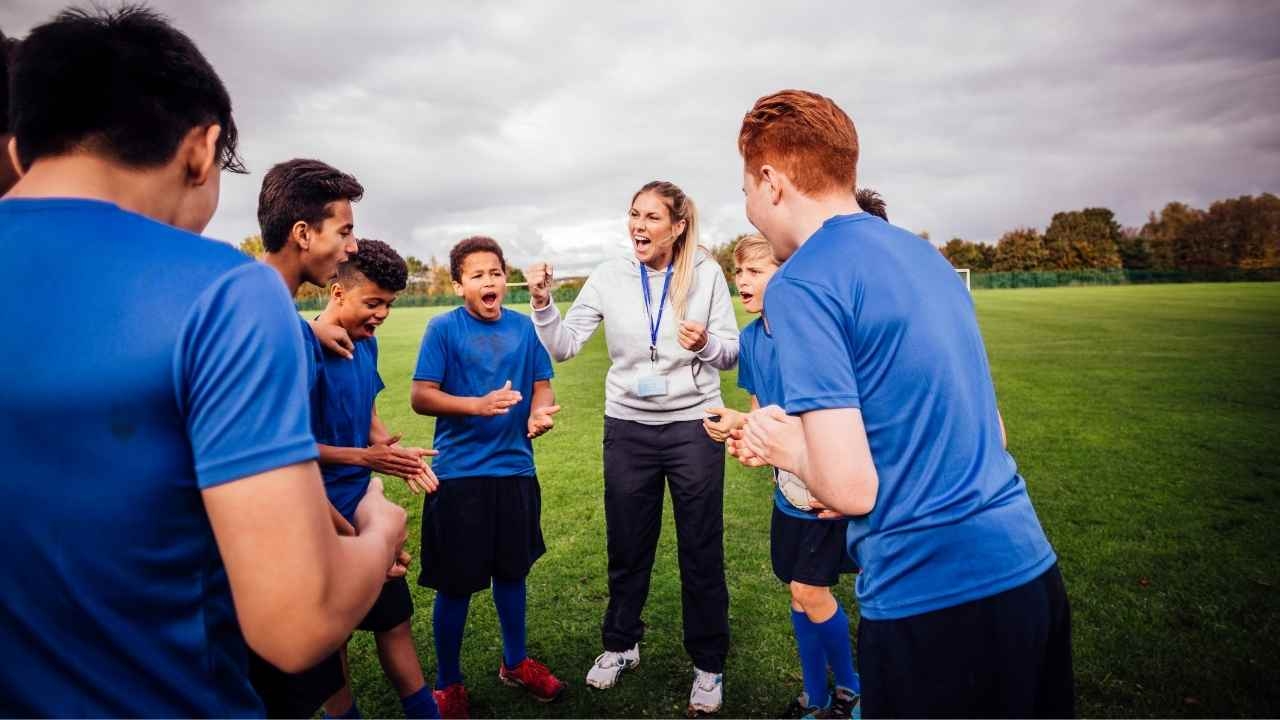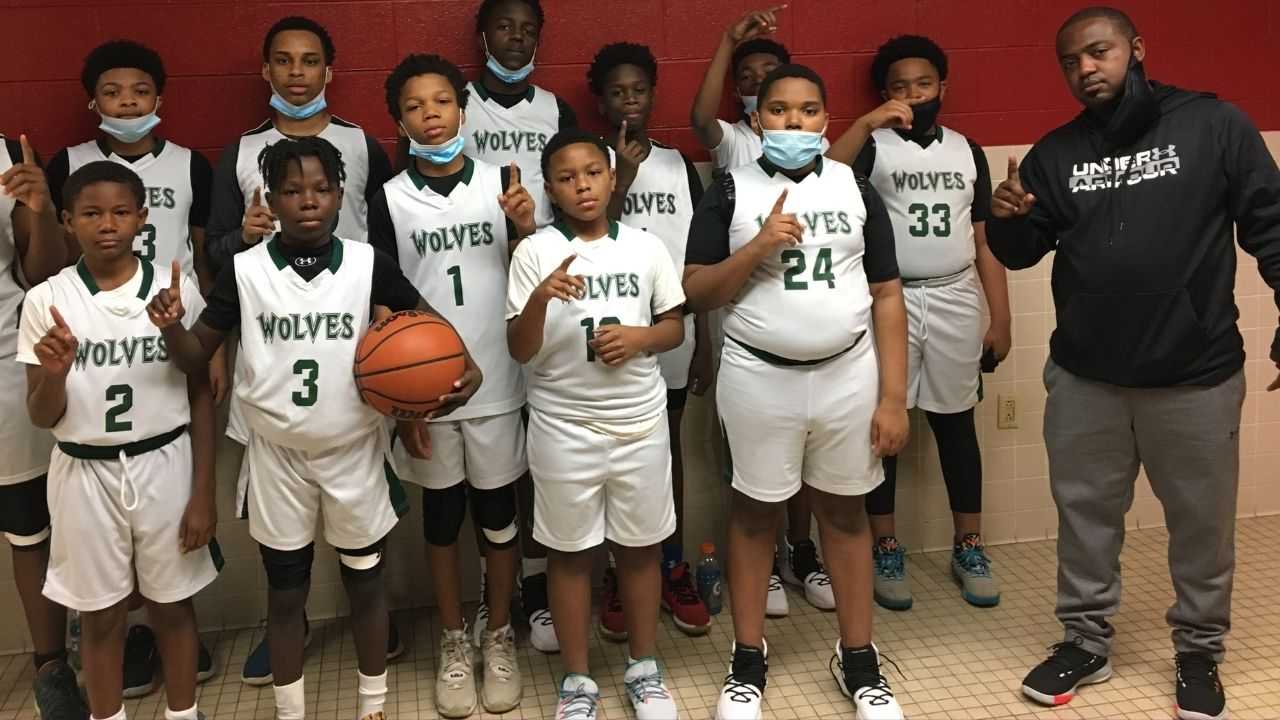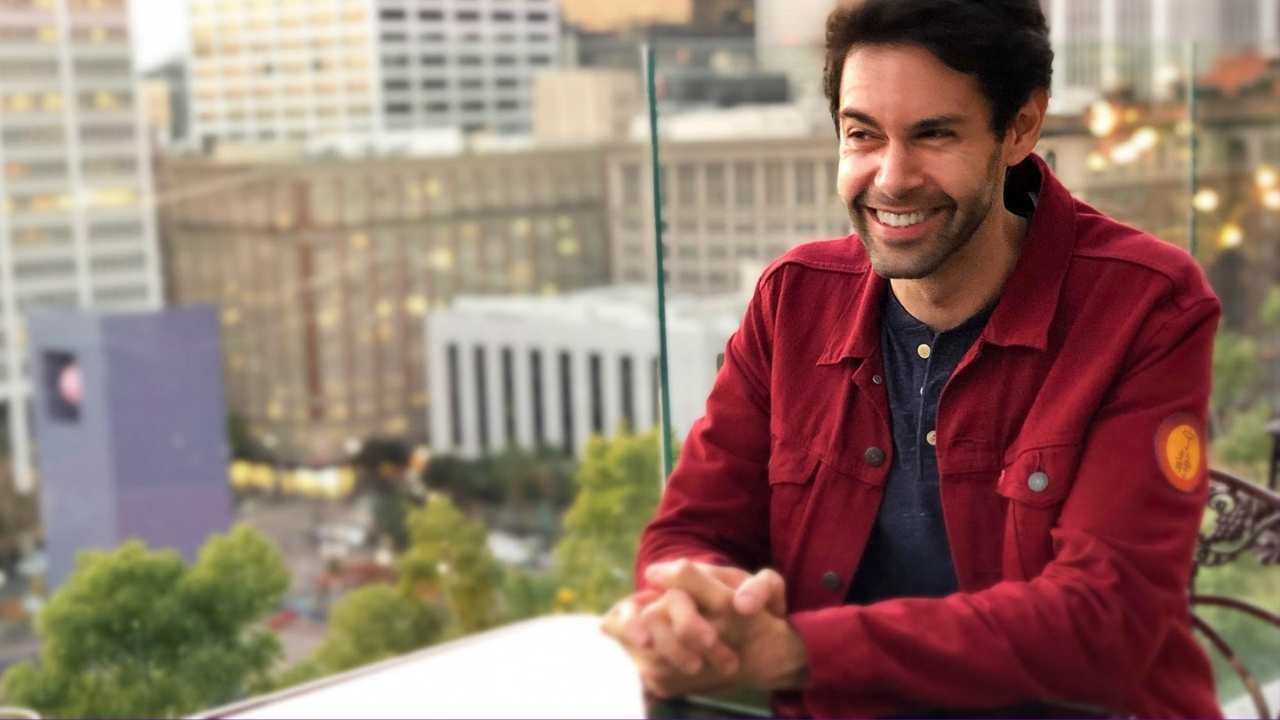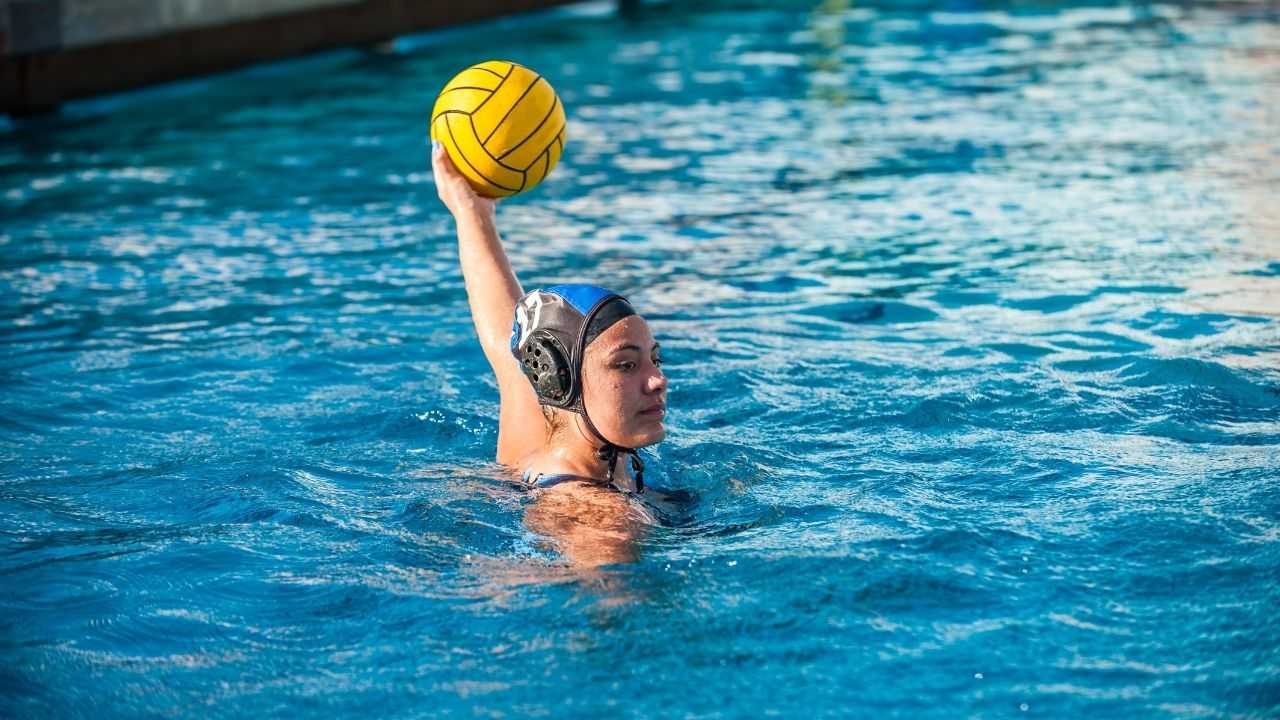7 Ways to Get Kids to Focus During Practice
No whistles necessary
Sarah Lindenfeld Hall
| 5 min read

Canva
Any coach with a practice or two under their belt knows this: Holding the attention of a dozen or more kids for an hour-long practice can feel, at times, impossible.
But not every practice has to end with a frustrated coach and keyed up kids. We checked in with three coaching pros—Vince Ganzberg, associate director of coaching education for United Soccer Coaches; Jeremiah Boswell, who works for the NBA in youth basketball development; and Art Moreno, community outreach director and vice president for Blue Chip Youth Sports—for some tips that work across all sports.
Make it short and sweet.
Don’t bore kids with long, involved details about the strategy behind a particular activity—just get it going. For a passing activity, Ganzberg will have kids quickly pair up and tell them to “paint the field.” Then, he dives deeper into what the soccer players are learning through one-on-one conversations during the activity or at a natural breaking point.
On the basketball court, Boswell likes to use memorable games — like this Tic Tac Toe drill — so he can move players quickly from one thing to the next. “If I say we’re doing Tic Tac Toe, they know what that drill is instead of me trying to explain what everything is,” he says.
Give them agency.
A kid’s soccer practice isn’t basic training. Instead of talking at them, make it interactive.
On the soccer field, Ganzberg asks questions like, “What does a good pass look like?” Sometimes he’ll have kids pair up to talk about the best way to pass or dribble the ball. “If you can turn it over to them and say, ‘Why don’t you discuss what you can do to do it better or how we can do it better,’ that’s really good coaching,” he says.
Ganzberg also gives kids choices. When they’re working on dribbling, he’ll let the players decide which dribbling games they’d prefer to play. “That empowers them, that engages them, that keeps focus,” he says.
Don’t make them wait.
A line of kids can break down in giggles in mere seconds, so keep lines to a minimum. Instead of running a shooting activity with one or two lines, have three or four, Boswell recommends. “It creates a little more chaos, but kids are getting more reps, less wait time, more activity and getting in better shape,” he says.
Use shorthand.
In the classroom, teachers have used rhythmic clapping or sayings like, “heads down, thumbs up,” to grab kids’ attention. Use the same tools.
These two work for Boswell.
- Eyes. All Boswell has to say is, “eyes,” and players know to say, “eyes,” clap twice and look at him.
- Stand like an athlete. When Boswell says “stand like an athlete,” his players know to put their ball on their hip and set their eyes on him.
Make it competitive.
Athletes love competition, and there is no reason coaches can’t weave competition into practice, too. Instead of the typical passing drill, Boswell will have them play Basketball Tennis. “We’ve taken an old school drill that everybody is bored of after 15 seconds to a game that they want to play more,” he says.
Bring the energy.
Don’t just stand on the sidelines, says Moreno. Get in on the action! Move around the field, take part in the games and even talk a little trash, he adds. Sometimes he’ll jump in on an activity and declare himself the undefeated champion, to help get the competitive juices flowing. “You really got to bring it,” he says.
Consider the whole child.
When a kid loses focus, or acts out, consider that it might have nothing to do with your practice plans. Two-thirds of kids have lived through at least one traumatic event by the age of 16—and sometimes that shows up at practice. “One of the most important things you can do as a coach is to welcome them and say, ‘It’s good to see you,’” Ganzberg says. “You might be the best thing going for them in their life and their world right now.”
Other times, kids just want to be kids—and there’s room for that, too. Boswell coaches his 10-year-old daughter’s team, and some days it’s clear players care more about being social than basketball. So, he lets them do both, leading a game where they toss the ball to each other and share something about themselves.
“Sometimes you have to embrace that maybe we’re not going to get better as basketball players today,” he says, “but we might become a better team because we know each other better and there’s a better culture and environment around what we do.”




